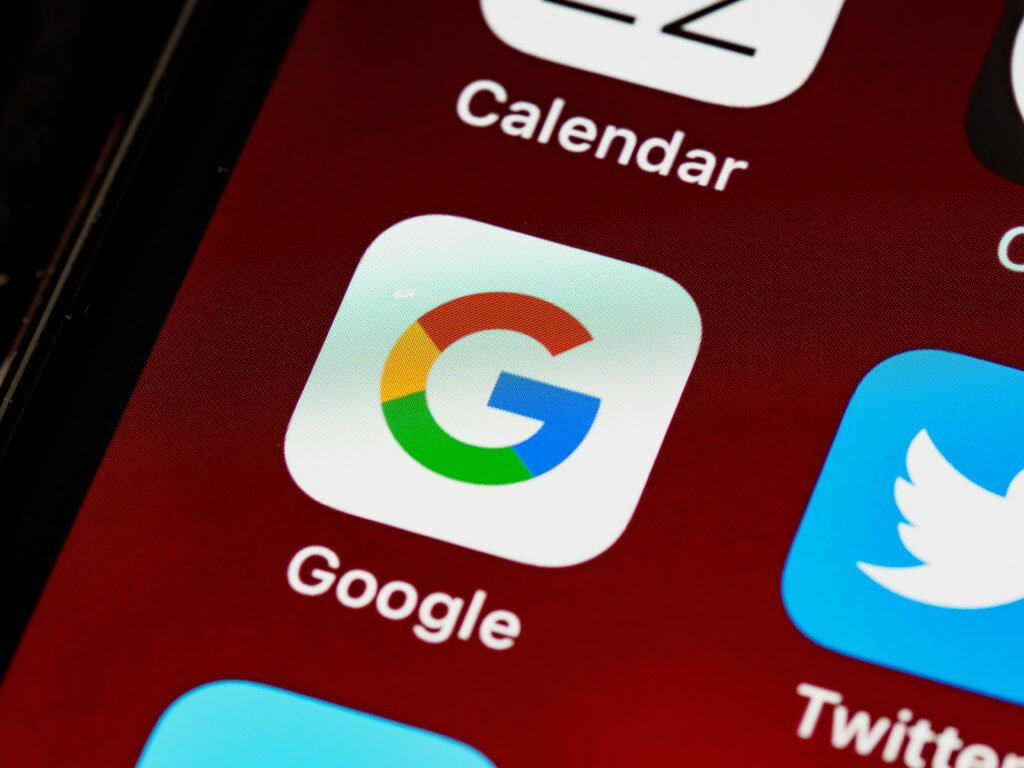Google, an inseparable member of our lives. Can we imagine life without Google? At least I can’t. I have tried many search engines, but Google seems to be my best search companion by providing relevant information even with my not-so-accurate searches. Google, the tech giant, began in 1995 at Stanford University with Larry Page and Sergey Brin starting in a garage, building a search engine that used links to determine the importance of individual pages on the World Wide Web. Today, Google, along with Google Search, owns numerous products such as YouTube, Drive, Gmail, Maps, Sheets, and more. Don’t forget our beloved mobile operating system, Android, which accounts for 40.97 percent of the market share (the largest market share). Google has ventured into chip manufacturing for its Pixel phone product line. Google Tensor, the custom-built chip that powers Google AI on Pixel phones, pushes the boundaries of creativity and productivity on a smartphone.
But how is Google able to sustain itself and continue growing without major controversy? It’s all due to its substantial spending on managing PR, communications, and marketing. In the digital world, the line between PR and marketing has become blurred. They complement each other, with marketing and communication focusing on driving profitable sales growth, while PR seeks to build a positive brand reputation.
Marketing communications at Google focuses on driving profitable sales growth through targeted campaigns and strategies that highlight the value of Google’s products and services. On the other hand, public relations polish the brand image by consistently communicating positive messages through engaging social media content, thought leadership, business stories, and influencing audiences and stakeholders such as influencers, investors, politicians, legislators, and employees, which increases the likelihood of purchasing their products or services. While PR may not directly generate sales opportunities, it is crucial for influencing customer behavior, shaping public perception, and managing the brand’s global image. Individually, these functions are effective; together, they form a powerful combination that fuels Google’s business growth and market leadership.
Google builds and maintains a positive brand reputation through a combination of strategic initiatives, ethical practices, and community engagement. By consistently delivering high-quality products and services through innovation and product excellence, Google enhances user experience, trust, and loyalty. Google emphasizes transparency in its operations regarding user data privacy and security. It addresses ethical guidelines in areas like AI development and allows users to control their data sharing. Investing in renewable energy, increasing digital literacy programs, and promoting diversity and inclusion within the tech industry under the Corporate Social Responsibility framework builds a positive public perception of Google as a company.
Example 1 - Pixel 7
Google effectively utilized its PR, marketing, and communication teams to elevate its brand and boost Pixel 7 series sales in 2023. The campaign featured region-specific strategies, particularly in Japan, with a year-over-year growth of 527% compared to 2022. Google’s market share in Japan averaged 10.7% for the year, peaking at 15% in Q2 2023. The Pixel 7a, released in May 2023, contributed to this surge. In contrast, Samsung’s shipments dropped by 39% during the same period, highlighting a shift from Galaxy to Pixel devices among Japanese consumers. Google’s targeted efforts included collaborations with major carriers like DOCOMO, the “Real Tone” campaign, which showcased the Pixel’s advanced camera technology and resonated deeply with consumers concerned about the representation of fake tones by enhancing images with technology and also promoting smaller screen sizes phone, emphasizing inclusivity. This approach enhanced brand loyalty, making Google the second-largest smartphone vendor in Japan, surpassing local competitors.
Google Pixel held 4.6% of the U.S. smartphone market in 2022, ranking 5th and surpassing older brands like OnePlus. Despite being a newer entrant, Google’s strategy led to steady growth. The Pixel 7 campaign drove a 136% increase in sales and a 99% positive sentiment on Twitter, showcasing the brand’s successful market penetration and increasing popularity in a competitive industry.
Example 2 - Stadia
Google’s PR, marketing, and communications strategies for Stadia aimed to position it as a groundbreaking cloud gaming service. Google Stadia’s November 19th, 2019 launch across 14 territories, including the US, UK, and Canada, marked a significant entry into the gaming market, with a focus on 22 games at launch and a $130 hardware starter kit. Google hosted a series of Stadia Connect events, similar to Nintendo Direct, where they announced new features, partnerships, and exclusive games. To further polish its brand image in the gaming industry and reassure potential customers about Stadia’s viability, Google partnered with popular game developers and publishers like Ubisoft and EA, securing big titles like Assassin’s Creed Odyssey and Cyberpunk 2077 for the platform. These partnerships were widely covered by the media, reinforcing Stadia’s credibility. The campaign capitalized on early adopter interest with the “Founder’s Edition,” which sold out, creating urgency and exclusivity. Stadia Pro’s $10 monthly fee was positioned to attract premium users with 4K streaming capabilities. The planned 2020 free tier was a strategic move to broaden the user base.
Despite the hype, the Google Stadia launch was both a technical and conceptual failure. Despite promising a revolutionary gaming experience through streaming, Stadia struggled with severe performance issues, including lag, stuttering, and resolution drops, even on a strong internet connection. These technical flaws disrupted gameplay and made Stadia a frustrating experience for gamers. Additionally, the Stadia model was seen as flawed, requiring users to purchase games individually despite a subscription, with no compelling reason to choose Stadia over established gaming platforms. The lack of exclusive games, a limited launch library, and missing features further diminished its appeal. Stadia’s early launch was a major misstep for Google, questioning its viability in the gaming market.
Google’s Stadia launch, despite its high-profile PR and marketing push, ultimately failed to achieve its goals, providing key lessons in PR, marketing, and communications highlighting the need for a realistic assessment of the costs and time required for new ventures, particularly in high-stakes industries like gaming. Google’s decision to exit the gaming market underscores the importance of recognizing when a project is not viable and stopping losses before they escalate.

